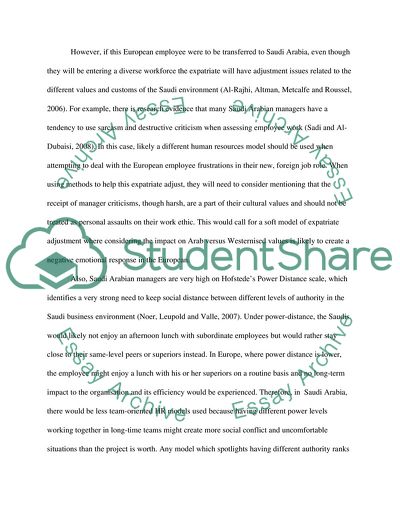Cite this document
(Cross-Cultural Issues Affecting HRM Strategies Case Study, n.d.)
Cross-Cultural Issues Affecting HRM Strategies Case Study. Retrieved from https://studentshare.org/human-resources/1722547-discuss-how-cross-cultural-issues-might-influence-the-kinds-of-hrm-strategies-that-can-be-used-in-a-particular-place
Cross-Cultural Issues Affecting HRM Strategies Case Study. Retrieved from https://studentshare.org/human-resources/1722547-discuss-how-cross-cultural-issues-might-influence-the-kinds-of-hrm-strategies-that-can-be-used-in-a-particular-place
(Cross-Cultural Issues Affecting HRM Strategies Case Study)
Cross-Cultural Issues Affecting HRM Strategies Case Study. https://studentshare.org/human-resources/1722547-discuss-how-cross-cultural-issues-might-influence-the-kinds-of-hrm-strategies-that-can-be-used-in-a-particular-place.
Cross-Cultural Issues Affecting HRM Strategies Case Study. https://studentshare.org/human-resources/1722547-discuss-how-cross-cultural-issues-might-influence-the-kinds-of-hrm-strategies-that-can-be-used-in-a-particular-place.
“Cross-Cultural Issues Affecting HRM Strategies Case Study”. https://studentshare.org/human-resources/1722547-discuss-how-cross-cultural-issues-might-influence-the-kinds-of-hrm-strategies-that-can-be-used-in-a-particular-place.


